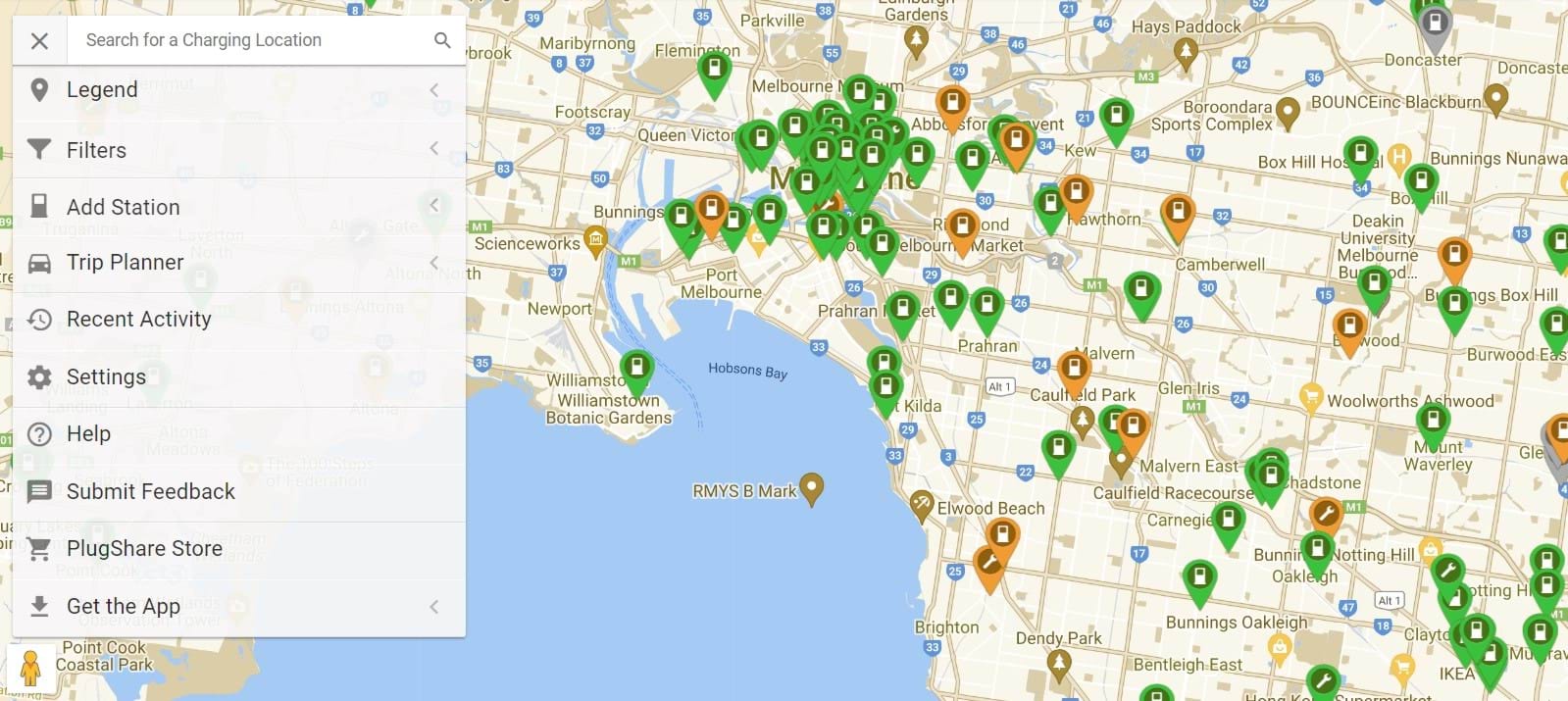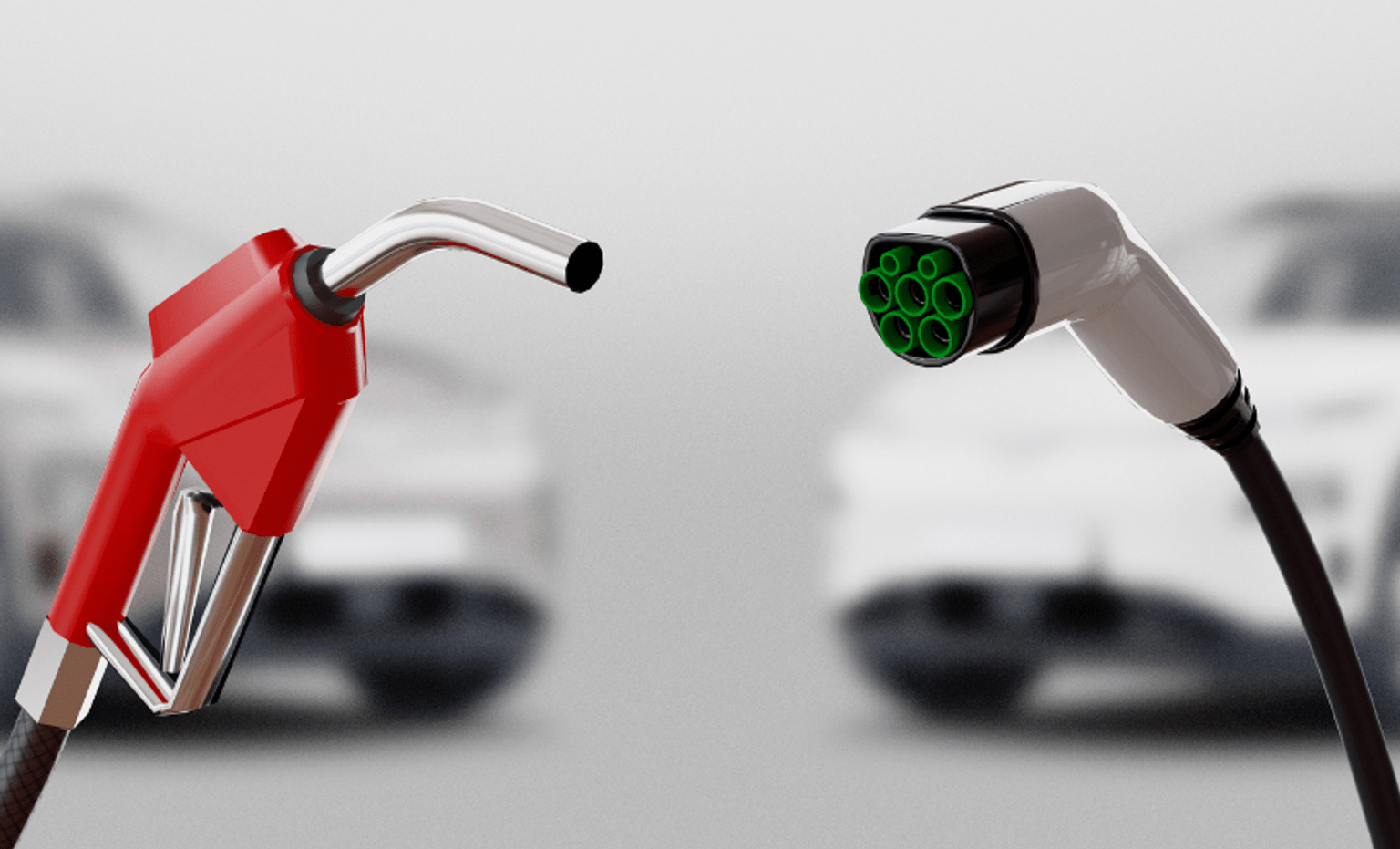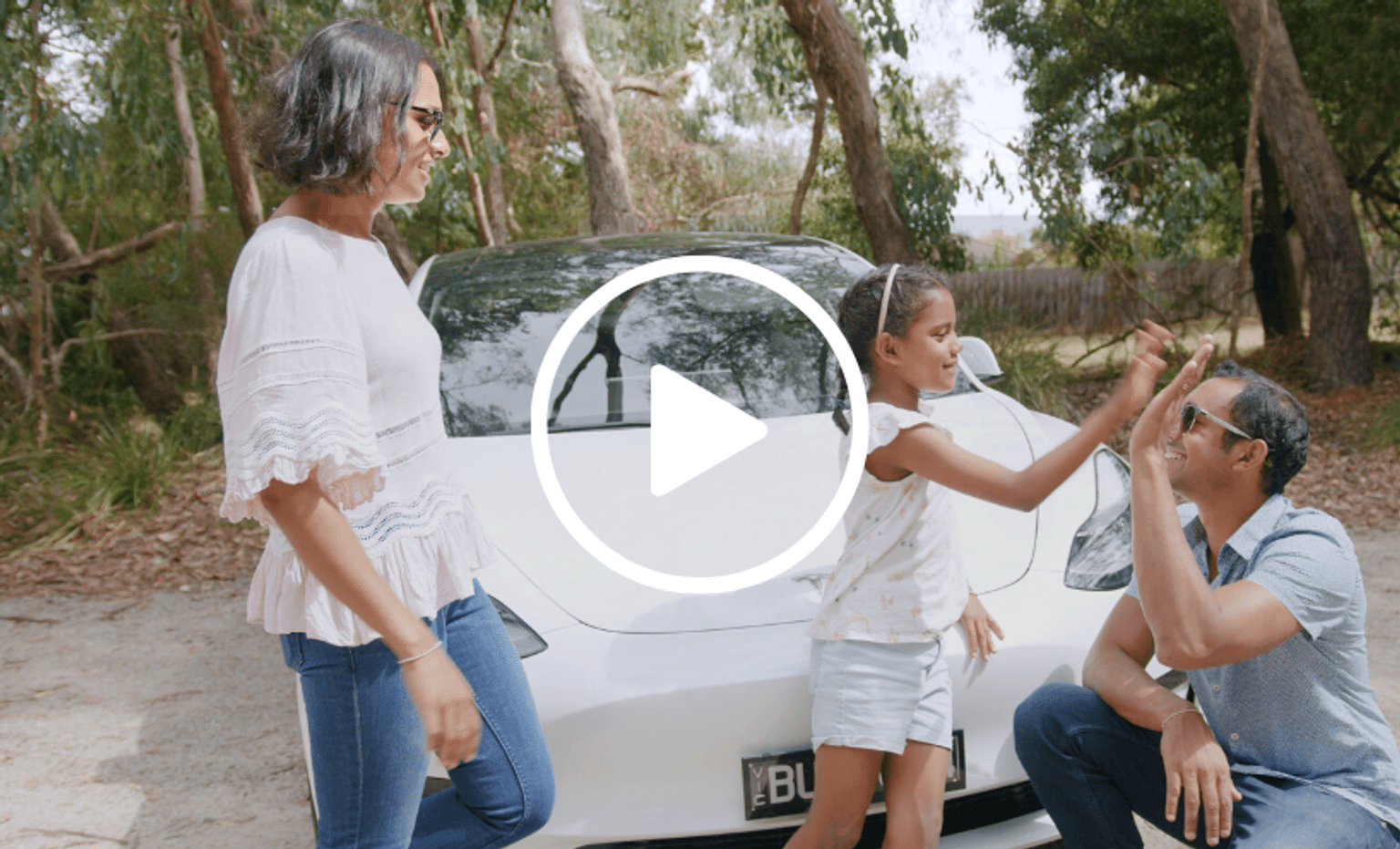You may have seen EV charging stations at shopping centres, car parks or service stations - they're rapidly increasing in number every year. You can already drive from Adelaide to Melbourne and on to Sydney with easy access to ultra-rapid charging stations.
EV charging basics
Before we explain what to consider before driving with an EV, it’s useful to understand the different levels of charging – these are known as Levels 1, 2 and 3. We recommend you check the information provided by your car manufacturer first, as these are just the basics.
Level 1: AC trickle charging
- This is basic home charging but also the slowest method of charging, and involves charging your EV from a standard power point.
- Simply plug your EV into a standard 230-volt AC (alternating current) socket, which will provide about 2.3kW of charging power through a normal 10-amp socket.
- Using this method to charge your EV can take from four to 36 hours, depending on the battery size. To calculate an approximate charging time, just divide the battery capacity by two.
- You can also reduce the charging time by using a 15-amp 3.6kW charger plugged into a 15—amp socket, speeding up charging times by a third. These are also often found at powered campsites.
Level 2: AC fast charging
- If you need to charge your EV more quickly, consider installing a Level 2, or wall box, charger. This will increase the power coming out of a wall socket to 7.2kW with the standard 230-volt AC single-phase power in your home.
- With a Level 2 wall box charger, some EVs gain a full charge from empty in two hours, and others between 5.5 and 11 hours.
Level 3: DC rapid charging
- Public DC chargers enable EVs to be driven long distances with little downtime for charging.
- Rapid charging capacity ranges from 50kW and ultra-rapid chargers with up to 350kW capacity.
- Lower capacity EVs, such as plug-in hybrids and the Nissan Leaf, and Renault Zoe, are unable to take full advantage of ultra-rapid charging. They are, however, okay with charging up to 50kW.
With an EV, you’ll have greater flexibility for when and how you can charge the battery in your vehicle, compared to how you would fill up a petrol-driven car.
Now that we have covered the basics of charging, let’s break down some factors to consider before driving on longer trips in your EV.
1. Consider your EVs driving range
Many EV models currently available in Australia can travel at least 350-450 kilometres on a single charge – and with Victorians travelling an average of just 38 kilometres a day, that’s more than enough to get you where you need to go through the week. But for the days you travel a long distance, you most likely will need to stop to top-up.
Consider how far your EV can travel on a full charge before needing a top-up as part of your plan for the trip. Keep in mind, that just like a petrol-driven car, factors such as windy roads, air-conditioning, how hard and fast you drive, and weather conditions can impact how far you can drive on a single battery charge.
When you map out your route, consider selecting a charging station to stop at that’s a little earlier then when you think your EV will need a top-up, just in case.
Handy tip: Take advantage of the regenerative braking feature and try the 1-pedal driving feature if your vehicle includes this.
2. Map out your route
When you plan your trip, map out your route so you can plan where you’ll stop to charge your EV.
Most new EVs will automatically show you the nearest charger on the navigation system map. There are also apps available to find them (via an app on your smartphone, such as PlugShare). Most fast-charge networks also have their own apps for finding and connecting to them.
- Simply enter your location or planned destination
- Select the plug type you need
- Find the best location to charge on your journey, factoring in your range
3. Research online
You can research online and read the information provided by your car manufacturer on ways you can maximise your range. For example, try to keep your driving smooth and steady – increasing your speed uses more energy, which means you will have to charge your battery more often.
4. Pack smart
Many destination chargers don’t have their own cables for security reasons, so make sure to keep a compatible lead or adapter in your EV. Keep a charging cable and adapter in your car as well, so that you can plug into a standard power point in case of an emergency.
You can use adaptors or cables to allow your EV with one plug type to connect to a charging station with a different plug type. To figure out which cables you need to access Australia’s public charging station network, use JET Charge’s online cable tool.
Updated





